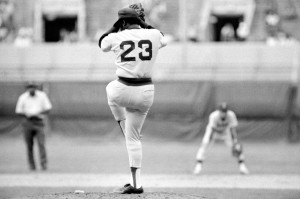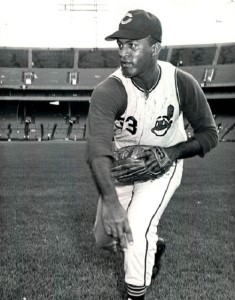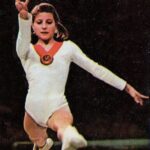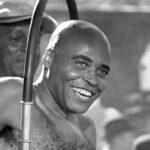Time to Put Luis Tiant in the Baseball Hall of Fame

Luis Tiant won 229 games during his Major League career.
With the induction this weekend of John Smoltz, Pedro Martinez and Randy Johnson to the Baseball Hall of Fame the committee has again sent a mixed message about what constitutes a Hall of Fame pitcher.
Johnson completed his career with 303 wins to rank 22nd all-time, but neither Martinez or Smoltz rank in the top 75 in career pitching victories. With 219 career wins, Martinez is tied for 76th in baseball history. Smoltz completed his career with 213 wins to rank tied for 89th.
Of course, the argument for both Martinez and Smoltz is that at their best, they were elite pitchers and worthy of Hall of Fame recognition.
While that argument can certainly be justified for Martinez, the numbers don’t quite work out that way for Smoltz.
Using the six seasons in which they won the most games as a benchmark, Martinez averaged a 19-6 record with a 2.28 ERA and 270 strikeouts. The average numbers for Smoltz were a 17-9 record with a 3.14 ERA and 221 strikeouts. Just as comparison, Johnson’s six top seasons averaged 20-7 with a 2.72 ERA and 330 strikeouts.
The numbers for Martinez and Johnson are comparable to many Hall of Famers, but the peak year stats for Smoltz appear rather pedestrian and are not especially better than those of several pitchers with comparable career numbers, but no Hall of Fame plaque.
One pitcher who has received increased support for the Hall of Fame in recent years, but has yet to earn his spot in Cooperstown is former Boston Red Sox great Luis Tiant.
During his 19 year major league career, Tiant posted a 229-172 record (.571 winning percentage) with a 3.30 ERA and 2416 strikeouts. His win total is greater than that of 23 Hall of Famers, including not only Martinez and Smoltz, but also Jim Bunning, Catfish Hunter, Don Drysdale, Bob Lemon and Sandy Koufax.
The argument against Tiant has generally been that his totals are benefitted by his longevity and that he wasn’t dominant for a significant portion of his career. Yet, for his top six winning seasons, his average season was 20-11 with a 2.87 ERA and 174 strikeouts. He won 20 or more games four times in his career (compared to once for Smoltz and Bunning) and twice led the league with ERA’s under 2.00.
In addition to having a better top six years and more career wins than Smoltz, his top six numbers are also comparable to several other modern era Hall of Famers with fewer career victories:
• Jim Bunning: 19-11, 2.68 ERA, 226 strikeouts; 224 career victories with a 3.27 ERA
• Don Drysdale: 20-13, 2.75 ERA, 220 strikeouts; 209 victories with two 20+ win seasons
• Bob Lemon: 22-11, 3.04 ERA, 132 strikeouts; 207 victories with a 3.23 ERA
• Catfish Hunter, 22-11, 2.83 ERA, 166 strikeouts; 224 wins with a 3.26 ERA
The Hall of Fame committee has always been interesting and inconsistent. While statistics often play some role in selection, the reality is that for many players whether they are elected to Hall of Fame or not comes down to subjective decisions by journalists voting through the Baseball Writers Association (BBWAA).
Historically, winning 300 games has always been the automatic ticket for a pitcher, but for anyone who didn’t reach that number all bets are off.
The selection of Smoltz on the first ballot was quite interesting because while he won only 213 games, he did record 155 saves in three seasons as a closer, including a high of 55. However, considering that Francisco Rodriguez and Bobby Thigpen have seasons with more saves and Jim Johnson posted a pair of 50+ save seasons, the fact that Smoltz had success as a reliever during a time when he was recovering from injury and may not have been able to start, should receive only so much credit.
Smoltz was an important part of the Atlanta Braves rotation during the 1990s, but considering that he won as many as 17 games in a season only twice, it seems hard to justify him as a first-ballot selection.
What seems almost as hard to understand is that Tiant never really received significant consideration from the Hall of Fame committee. He received 30.9% of the votes during his first year of eligibility, but never again received more than 18%. His Hall of Fame fate is now up to the Veterans Committee and in the most recent voting he was not near the needed votes.
Hopefully at some point the Veterans Committee will recognize that Tiant worthy of having his own plaque in Cooperstown.















